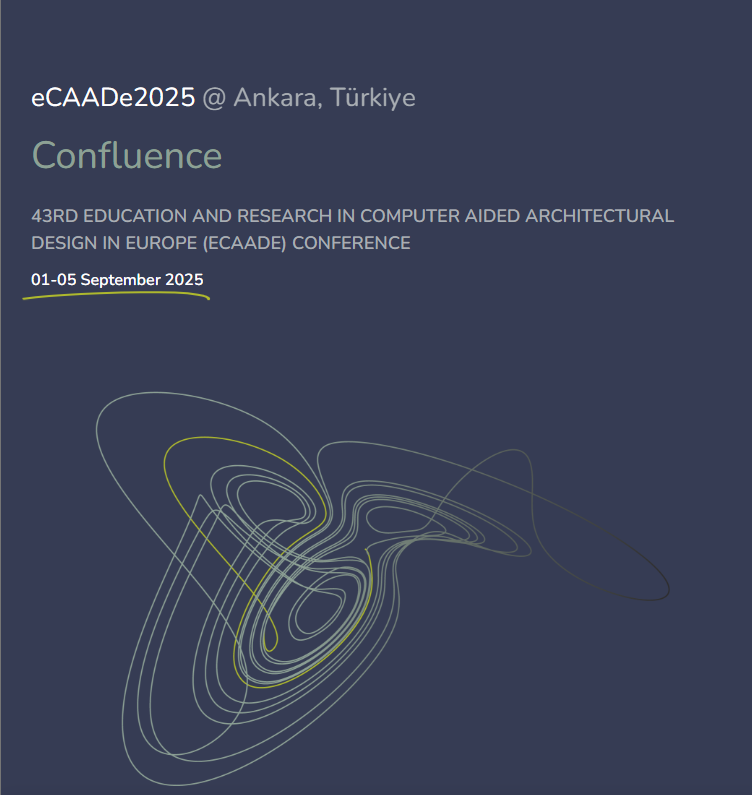Footnotes
[01] IFS which produce forms that look like real plants work like the copy machine, introduced in picture 02. In this sense they belong to the same category of true mathematical fractals as the Sierpinski Gasket.
[02] Jürgens Hartmut, Peitgen Heinz-Otto, Saupe Dietmar: Fraktale - eine neue Sprache für komplexe Strukturen, Spektrum der Wissenschaft (9/1989), p.54.
[03] The equation for the movement of a point along a line is defined by X(n+1)=AxX(n)+B which leads to different results depending on the chosen values for A and B. E.g. the starting values X(0)=4 and A=-1, B=0 result in X(0)=4, X(1)=--1x4+0=-4, X(2)=-1x-4+0=+4, X(3)=-1x4+0=-4, X(4)=--1x-4+0=+4, and so forth. This means that the transformation jumps between two points: +4 and -4. Changing the strating values to X(0)=+4, A=-0.25, B=1, the results are then turning to: X(0)=+4, X(1)=-0.25X4+1=0, X(2)=-0.25X0+1=+1, X(3)=-0.25X1+1=+0.75, X(4)=-0.25X0.75+1=+0.8125, X(5)=+0.7969, X(6)=+0.8008, X(7)=+0.7998, X(8)=+0.8000 and so forth. As this set of results show, this second transformation is slowly approaching a fixed point around the value of 0.8. This is then called the attractor in the vocabulary of IFS. Finally the transformation that moves a point on a plane is given by two equations because there are two coordinates for each point on the plane. The function then looks as follows f(X, Y)=(X(n+1)=AxX(n)+BxY(n)+E, Y(n+1)=CxX(n)+DxY(n)+F). Bovill Carl, Fractal Geometry in Architecture and Design (1996), Birkhäuser Bosten, ISBN 3-7643-3795-8, p.54.
[04] Bovill Carl, Fractal Geometry in Architecture and Design (1996), Birkhäuser Bosten, ISBN 3-7643-3795-8, p.48.
[05] Jürgens Hartmut, Peitgen Heinz-Otto, Saupe Dietmar: Fraktale - eine neue Sprache für komplexe Strukturen, Spektrum der Wissenschaft (9/1989), p.56.















